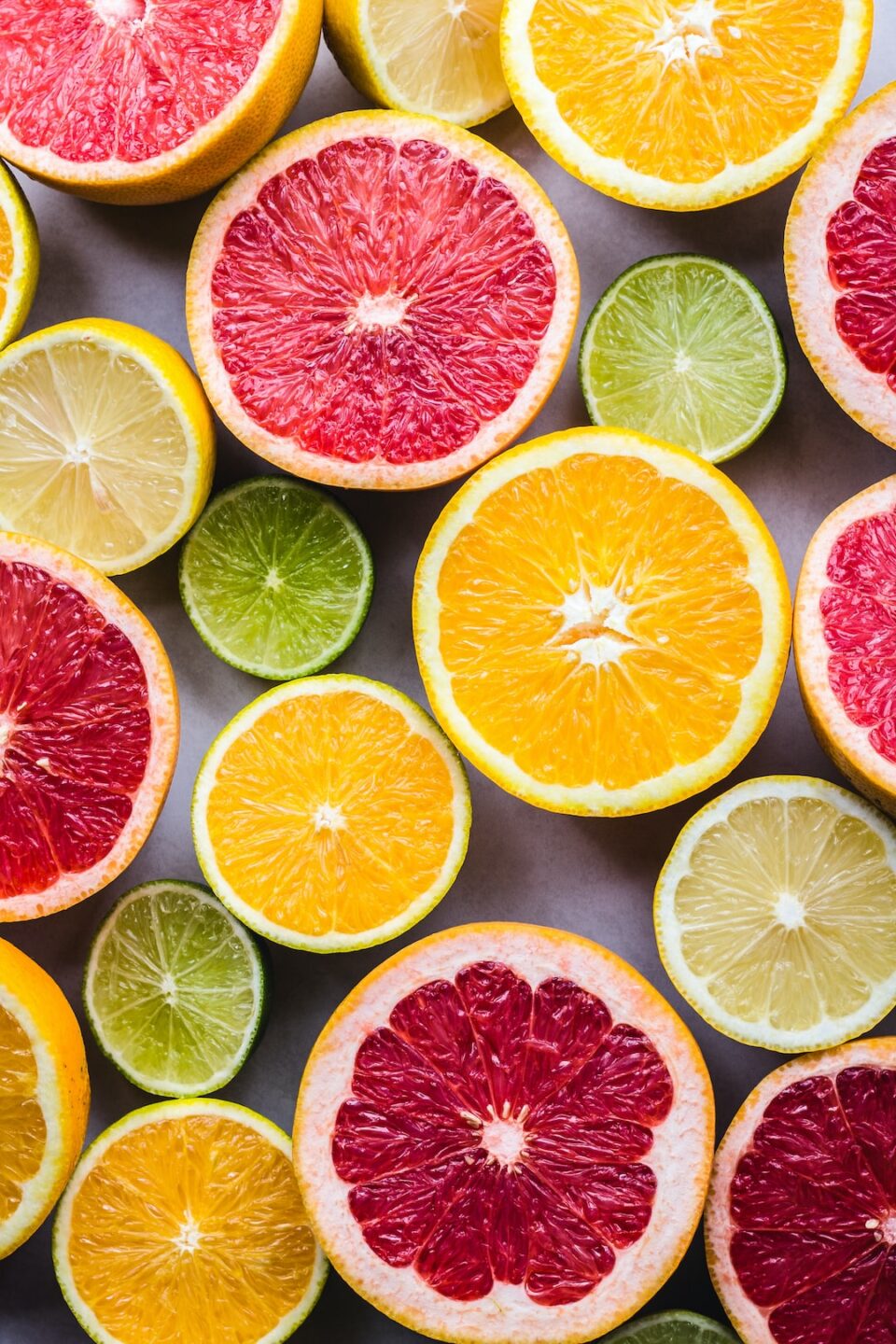Food photography is a unique art form that has gained immense popularity in recent years. With the rise of social media platforms like Instagram, people are increasingly drawn to visually appealing food pictures that not only make their mouths water but also ignite their creativity. The ability to capture the essence of a delicious meal through a photograph is a skill that requires a combination of technical know-how, artistic vision, and a deep appreciation for the culinary arts.
One of the key elements of food photography is lighting. The right lighting can transform a simple dish into a work of art. Natural light is often considered the best option since it provides a soft and flattering glow to the food. This can be achieved by placing the dish near a window or shooting outdoors during the golden hours of sunrise or sunset. Alternatively, artificial lighting can be used to create a specific mood or highlight certain aspects of the food. It is important to experiment with different lighting setups to find the one that best complements the dish being photographed.
Composition is another crucial aspect of food photography. A well-composed photograph can tell a story and evoke emotions in the viewer. The “rule of thirds” is a popular compositional technique that involves dividing the frame into nine equal parts and placing the subject of the photograph along these lines or at their intersections. This helps create a balanced and visually pleasing image. Additionally, the use of leading lines, symmetry, and negative space can also enhance the overall composition of a food photograph.
Styling plays a significant role in food photography as it helps in creating a visually appealing arrangement on the plate. Props such as cutlery, napkins, and tablecloths can be used to add depth and personality to the image. It is also important to pay attention to the colors, textures, and shapes of the ingredients being showcased. For instance, contrasting colors like red and green can create a visually striking image, while textures like crispy and creamy can add interest to the composition. It is essential to carefully arrange the food in a way that looks natural and appetizing.
Being able to capture the mouthwatering details and textures of the food is essential in food photography. This can be achieved by getting up close and personal with the dish. Macro lenses are particularly useful in capturing the intricate details of ingredients like sprinkled herbs or the glaze on a cake. It is also important to keep in mind the depth of field, as a shallow depth of field can create a beautiful bokeh effect, drawing attention to the focal point of the image.
Post-processing is another vital step in food photography. Editing software such as Adobe Lightroom or Photoshop can be used to enhance the colors, contrast, and sharpness of the image. However, it is crucial to strike a balance between enhancing the natural beauty of the food and altering it beyond recognition. The goal is to create an image that is true to the actual dish while still being visually captivating.
In conclusion, food photography is a unique art form that requires a combination of technical skill and a creative eye. By paying attention to lighting, composition, styling, and post-processing, food photographers can capture the essence of a delicious meal and create images that make viewers crave the dish. So next time you sit down to enjoy a beautifully prepared meal, remember to capture the delicious moments through the lens of your camera and share them with the world.


